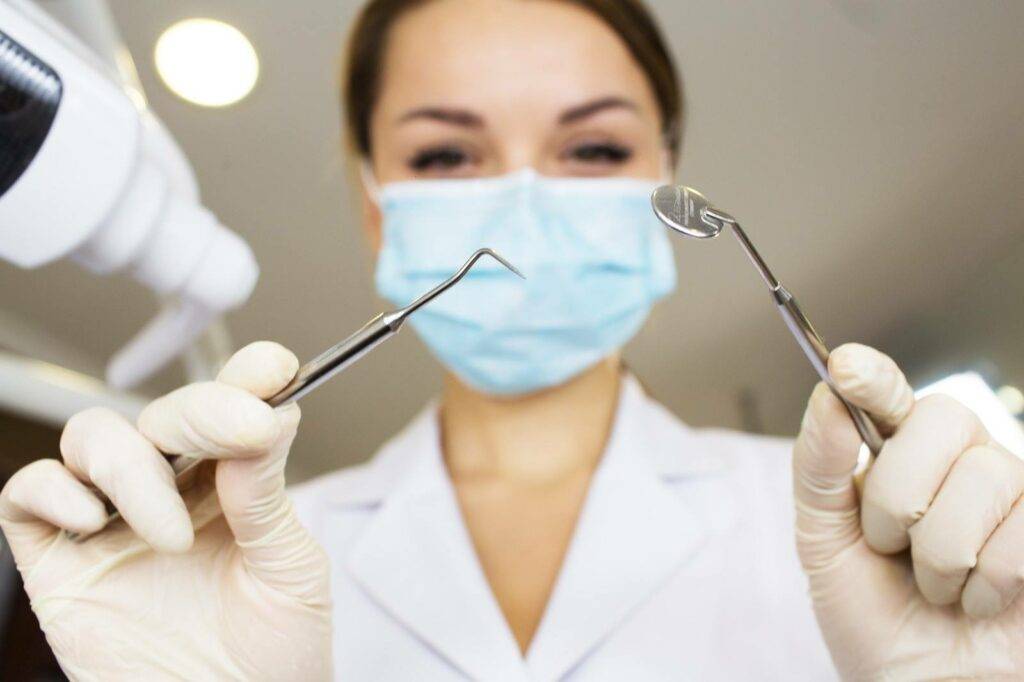Orthodontics, the branch of dentistry focused on correcting teeth and jaw alignment, exhibits diverse practices and evolutions across continents. This comparative study examines how traditional and modern orthodontic approaches vary across different regions of the world, reflecting cultural norms, technological advancements, and healthcare access.
North America: Pioneering Modern Techniques
In North America, orthodontic practices have embraced modern innovations while retaining some traditional methods:
Traditional Orthodontics: Metal braces and headgear were historically common, emphasizing effectiveness over aesthetics.
Modern Orthodontics: The introduction of clear aligners like Invisalign revolutionized treatment, offering discretion and convenience. Digital imaging and 3D technology enhance precision in treatment planning and monitoring.
Europe: Balancing Tradition with Innovation
European orthodontics blend traditional techniques with advanced modern solutions:
Traditional Orthodontics: Ceramic braces and functional appliances are prevalent, catering to both aesthetic preferences and functional needs.
Modern Orthodontics: Lingual braces, placed on the back of teeth for discretion, and accelerated orthodontic methods are increasingly popular. Teleorthodontics enhances accessibility to specialized care.
Asia: Rapid Adoption of Modern Practices
Orthodontic practices in Asia are rapidly evolving with technological advancements and changing aesthetics:
Traditional Orthodontics: Metal braces and removable appliances are widely used, addressing severe misalignments and developmental issues.
Modern Orthodontics: Clear aligners have gained popularity, particularly in urban areas. Digital imaging and aesthetic options like lingual braces meet the growing demand for personalized and discreet treatments.
South America: Focus on Accessibility and Aesthetics
South American orthodontics emphasize accessibility and aesthetic outcomes:
Traditional Orthodontics: Metal braces remain popular due to their affordability and effectiveness in correcting dental issues.
Modern Orthodontics: Clear and ceramic braces are preferred for their aesthetic appeal. Digital technologies and public health initiatives are improving access to advanced orthodontic care.
Africa: Bridging Traditional Practices with Innovation
Orthodontic care in Africa integrates traditional methods with emerging technologies:
Traditional Orthodontics: Metal braces and removable appliances are commonly used, especially in regions with limited access to modern resources.
Modern Orthodontics: The adoption of clear aligners and mobile clinics is expanding, addressing both aesthetic preferences and healthcare disparities. Educational initiatives are enhancing professional training and service delivery.
Orthodontics globally showcases a blend of traditional practices and modern innovations, shaped by cultural preferences, technological advancements, and healthcare infrastructure.
While traditional methods like metal braces and functional appliances persist in many regions, modern techniques such as clear aligners, digital imaging, and teleorthodontics are transforming treatment options and accessibility.
Understanding these regional differences provides insights into the diverse approaches to achieving dental health and aesthetics worldwide.


